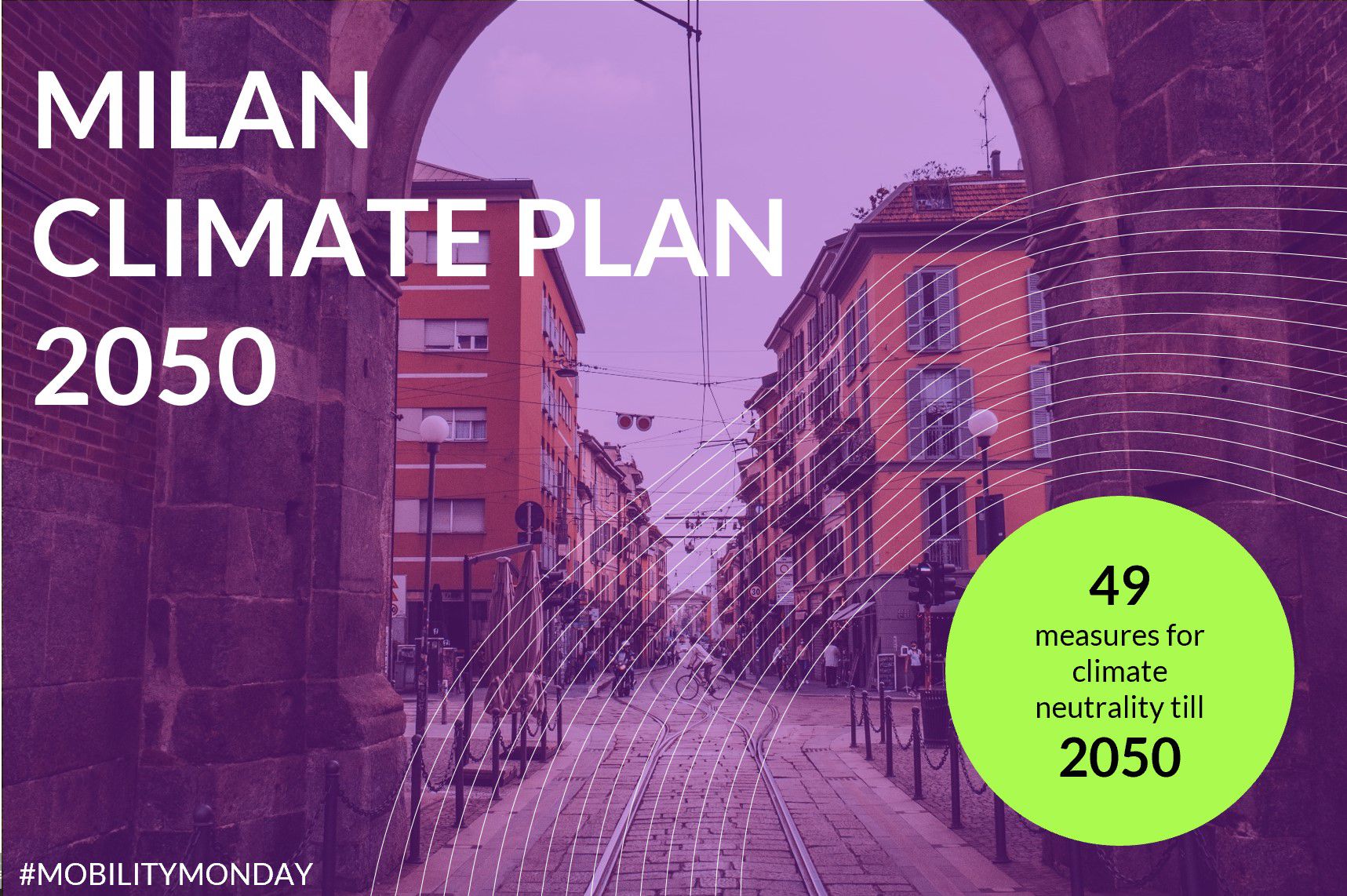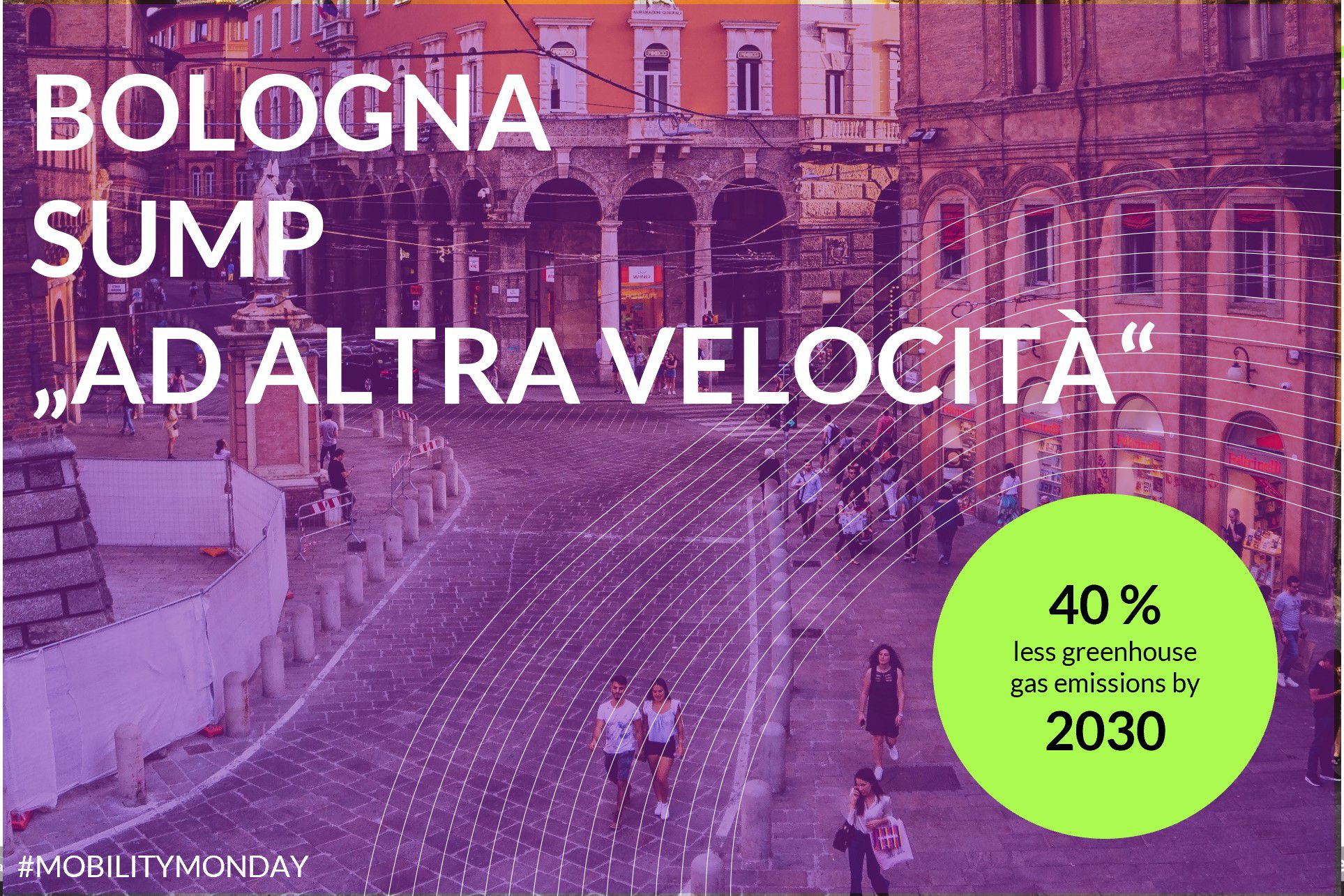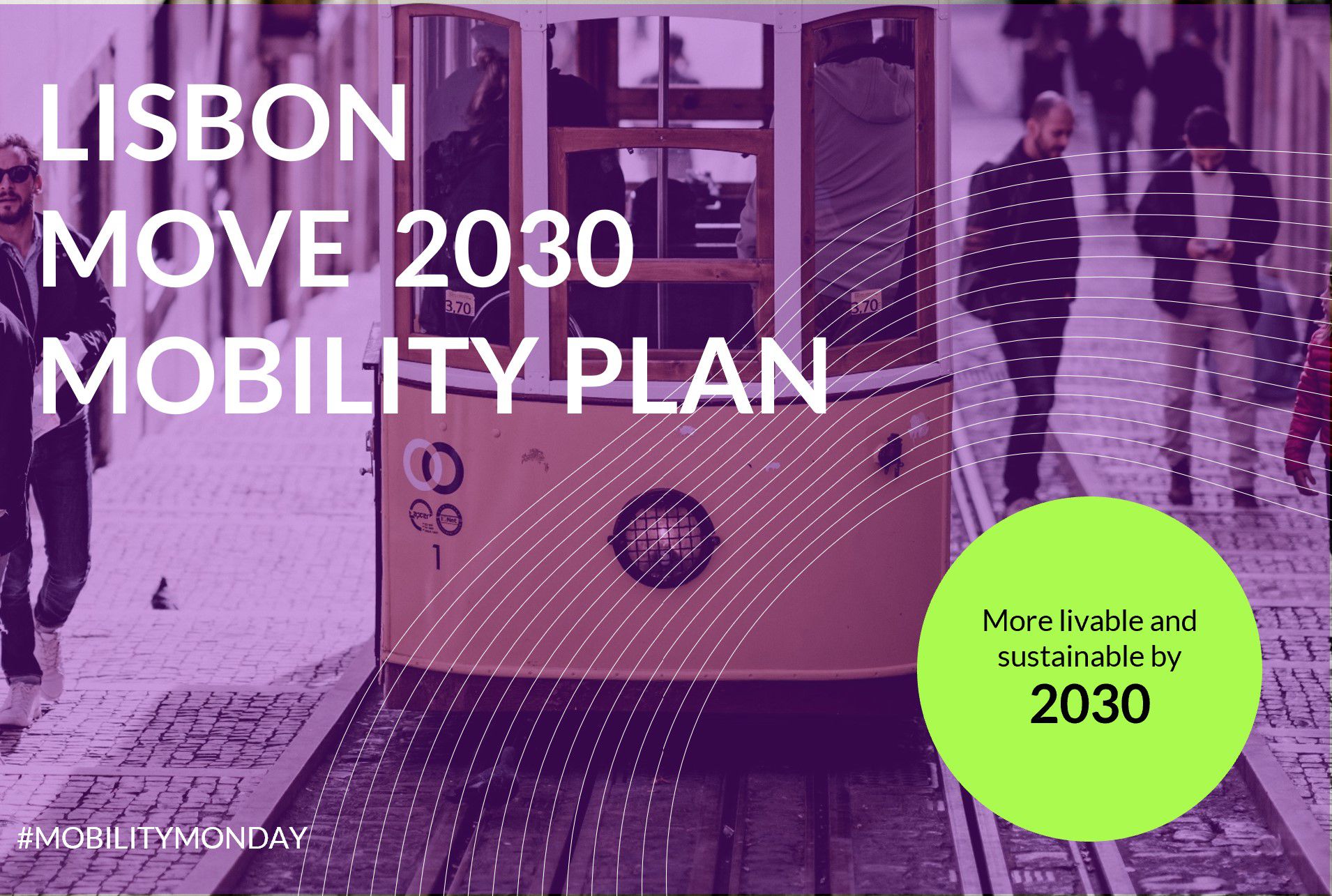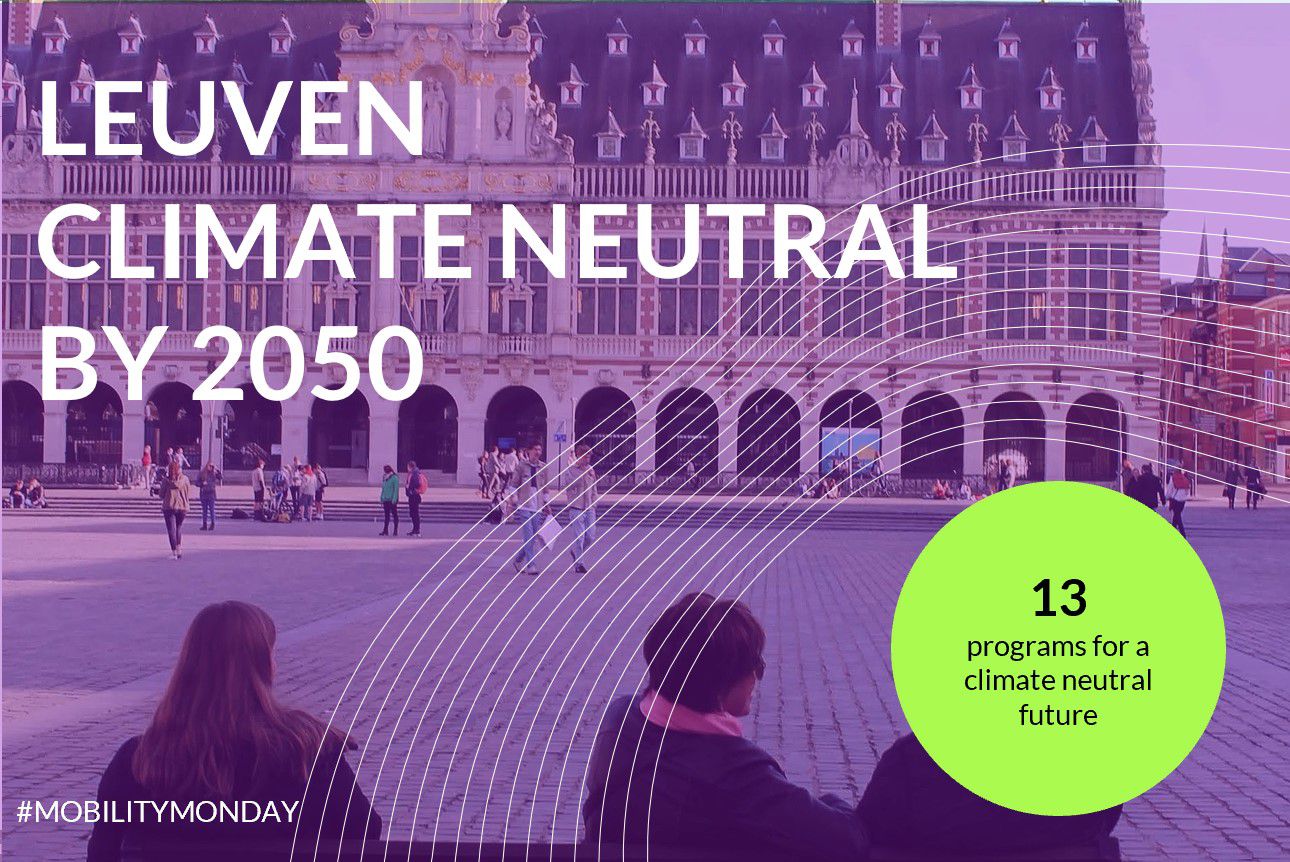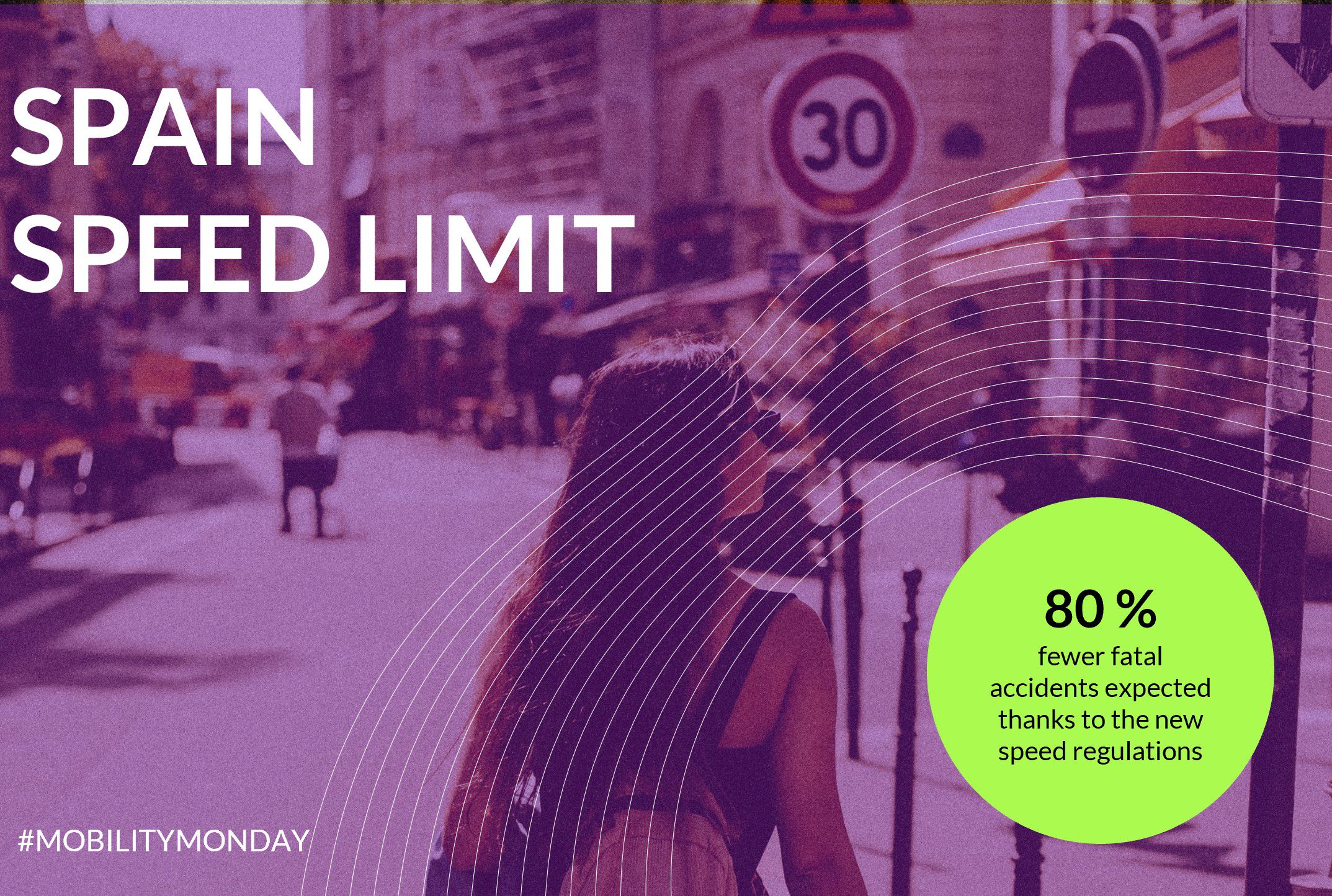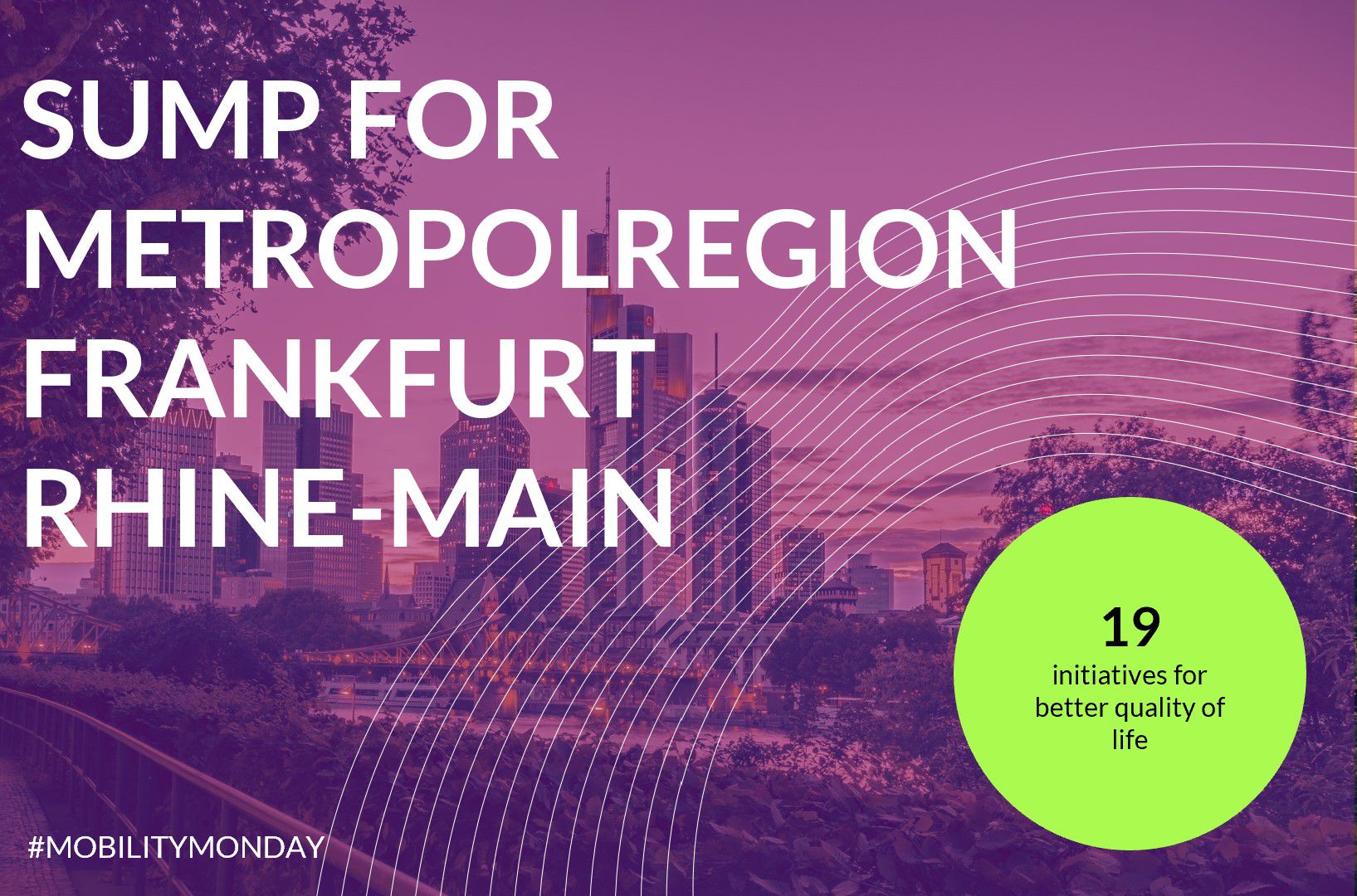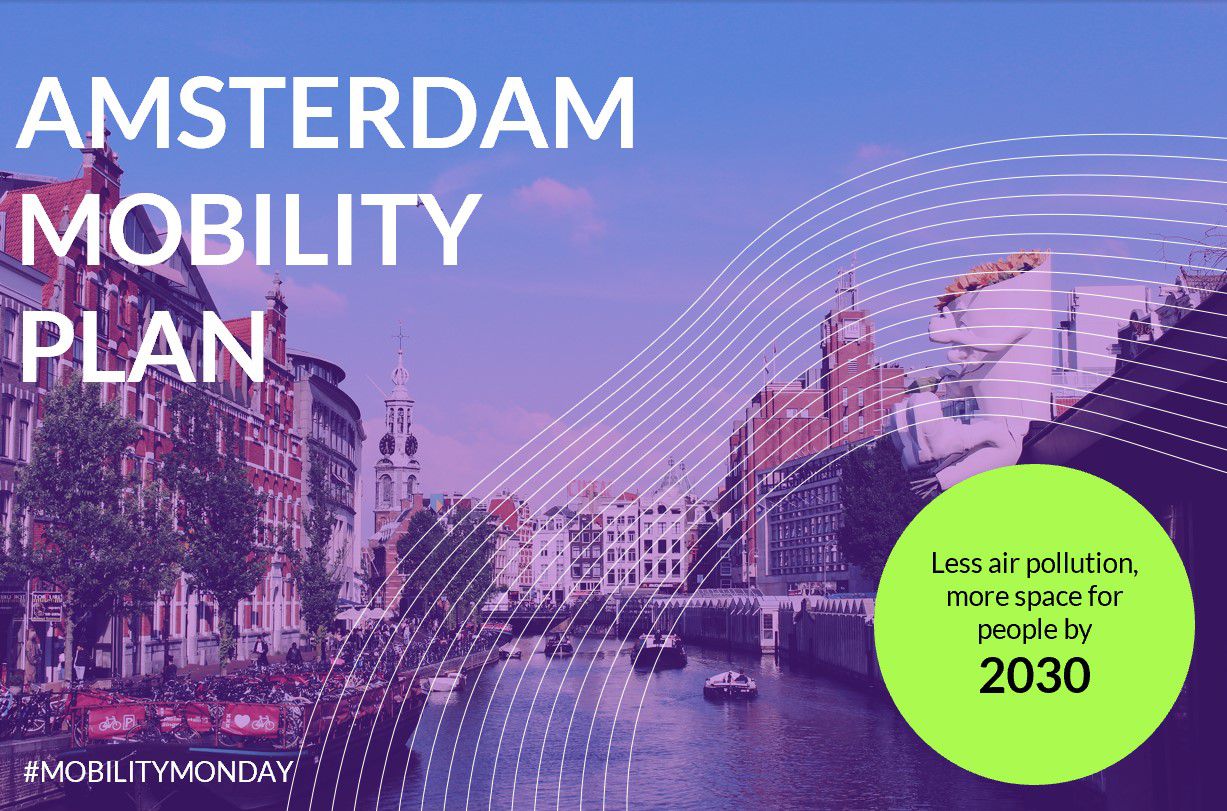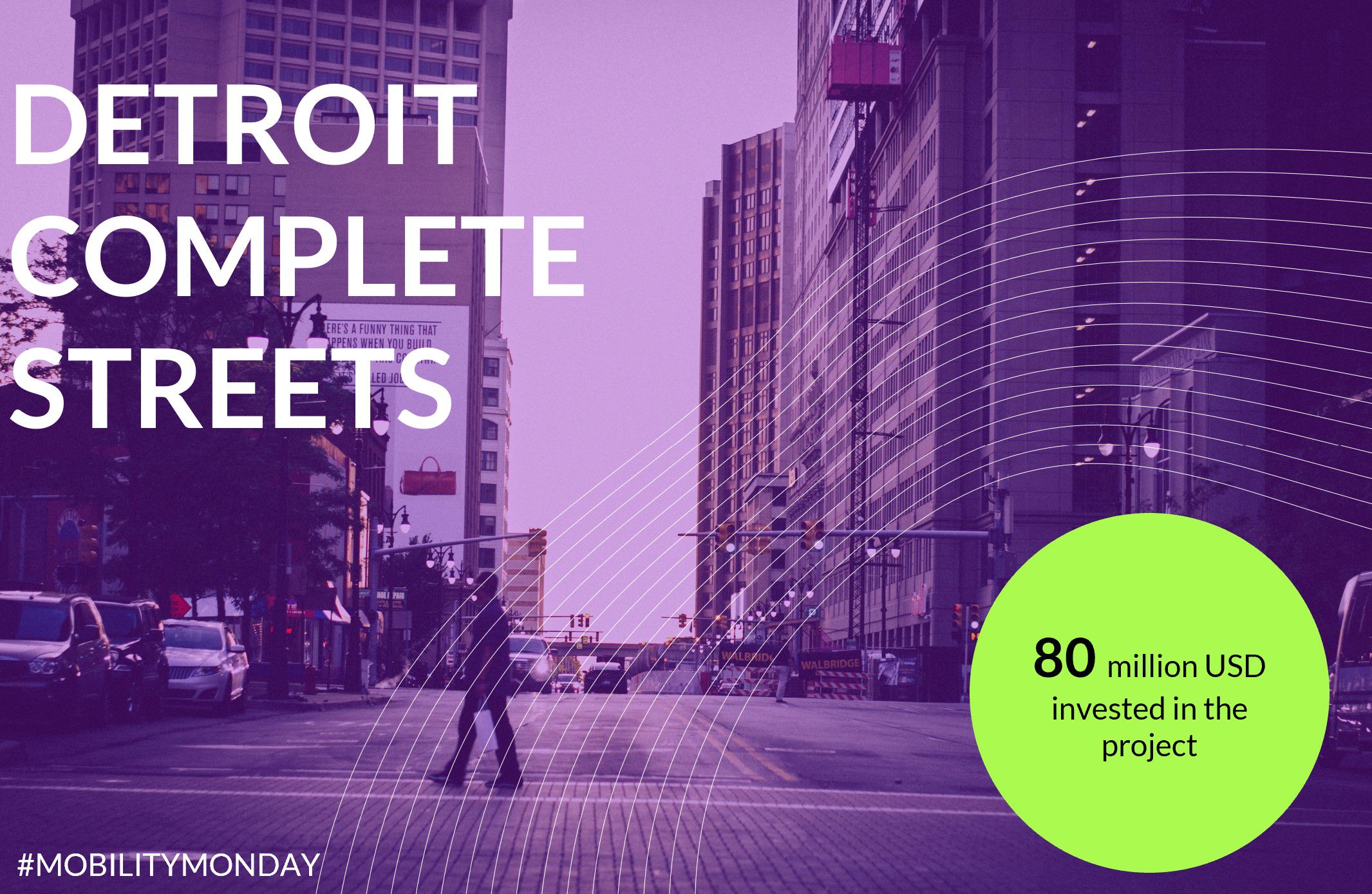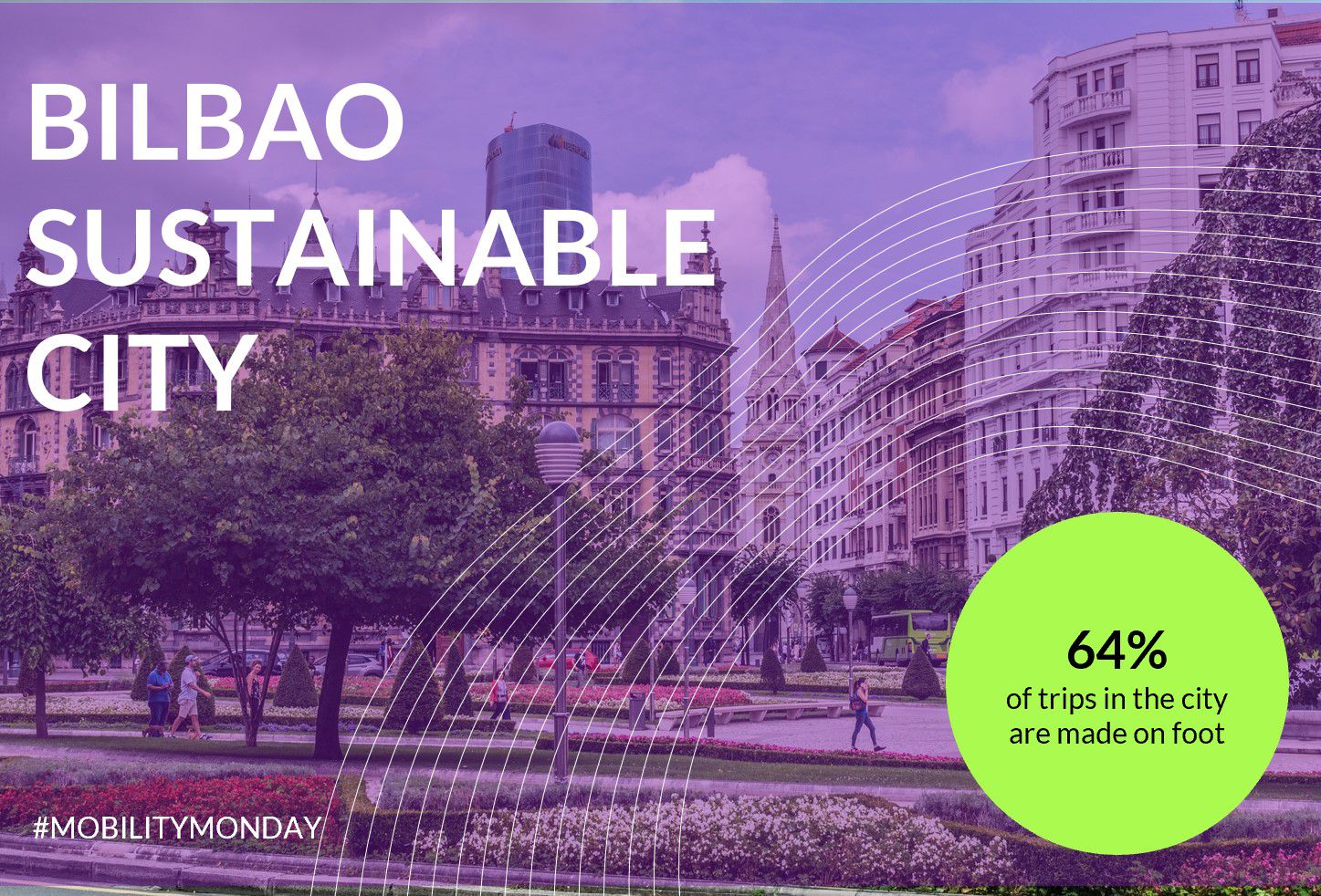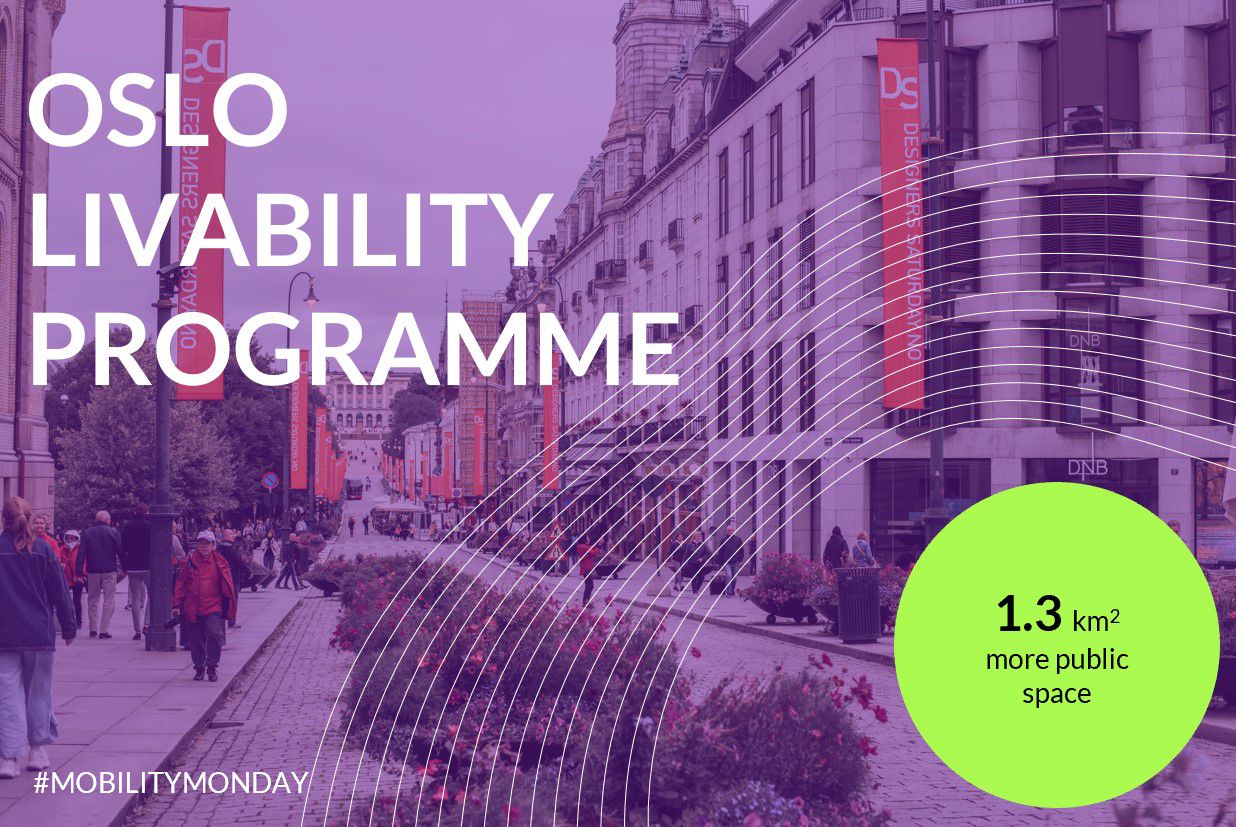Milan Climate Plan 2050
Milan is developing a Climate Plan, whose goal is to achieve climate neutrality by 2050. Since early 2021, inhabitants of the city have been able to vote and submit their opinions on the 49 measures included in the plan.
What makes Milan’s plan special is that the strategy has not been developed from scratch but builds on past measures that have proven to be effective in the past. Nonetheless, the plan is adaptable including some pandemic-related measures.
To effectively implement the plan and control the process, Milan has developed interim targets to be met by 2030: Reduction of car traffic by 50% by expanding public transport services and creating new bike lanes; Reduction of parking spaces and “reclaiming the city” for pedestrians; Increasing the urban forest area by planting trees; Installation of solar panels.
Milan is the first Italian municipality to make such a concrete commitment to sustainable urban change. With a view to the past, present and future , the city developed a crisis-proof climate plan that makes it possible to achieve ambitious goals.
